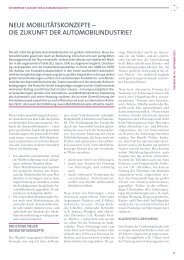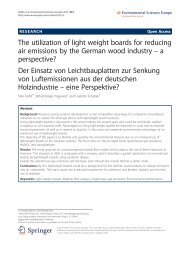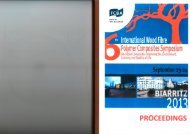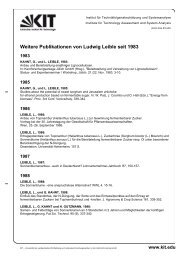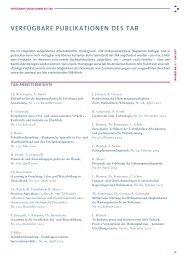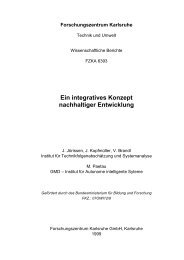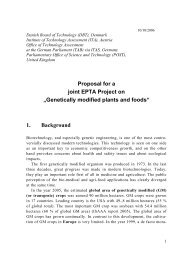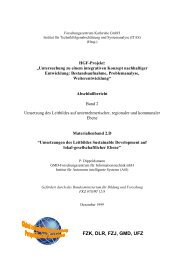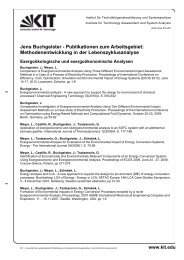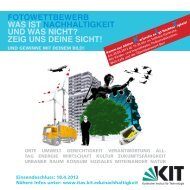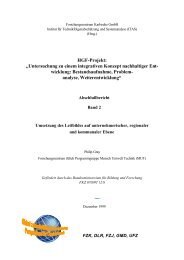Results: RFID and Identity Management in everyday life - ITAS
Results: RFID and Identity Management in everyday life - ITAS
Results: RFID and Identity Management in everyday life - ITAS
Create successful ePaper yourself
Turn your PDF publications into a flip-book with our unique Google optimized e-Paper software.
Case ID #128 , level 3<br />
Title Mol Logistics<br />
Researcher Christian van ‘t Hof<br />
Tim<strong>in</strong>g 2006<br />
Geography Tilburg, Netherl<strong>and</strong>s<br />
Environment Office<br />
Technology Active <strong>RFID</strong><br />
Maturity Pilot / just implemented / fully operational<br />
Function Access / security / identification<br />
Case #128: Mol Logistics<br />
Owner Mol<br />
Ma<strong>in</strong>ta<strong>in</strong>er TransQuest Tag & Trac<strong>in</strong>g Solutions B.V.<br />
Users Mol employees, visit<strong>in</strong>g drivers, temporary labour forces<br />
Other actors<br />
Case story Mol-Logistics [case 128] is a company specialis<strong>in</strong>g <strong>in</strong> logistics <strong>and</strong> has considerable experience of<br />
us<strong>in</strong>g <strong>RFID</strong> for cargo. The technology is now extended to monitor personnel movements too.<br />
Their location <strong>in</strong> Tilburg is divided <strong>in</strong>to zones by a number of strategically placed <strong>RFID</strong> readers,<br />
both at the truck area as well as the offices. Each truck driver <strong>and</strong> office staff member carries an<br />
active <strong>RFID</strong> tag which broadcasts a unique signal every 1.5 seconds. The database thus provides<br />
a real time image of who is present <strong>in</strong> which zone, manag<strong>in</strong>g the identity of all people <strong>in</strong>side the<br />
premises based on time, place <strong>and</strong> access levels. First of all, the active <strong>RFID</strong> tag serves as a key<br />
to open the fence, provid<strong>in</strong>g access to drivers <strong>and</strong> as a h<strong>and</strong>s free door opener at the offices.<br />
Secondly, it also serves to deny access, for example for visit<strong>in</strong>g drivers who receive active tags<br />
too. As long as they rema<strong>in</strong> <strong>in</strong> the dock<strong>in</strong>g area noth<strong>in</strong>g happens. Once the visitor moves <strong>in</strong>to a<br />
restricted area, for example the warehouse, an alarm is triggered. Thirdly, at the offices, the tag<br />
functions as a punch card, register<strong>in</strong>g time-<strong>in</strong> <strong>and</strong> time-out as personnel enter <strong>and</strong> leave the<br />
office. F<strong>in</strong>ally <strong>in</strong> case of an emergency, security personnel can immediate spot whether there are<br />
still people <strong>in</strong> the danger zone.<br />
ID issue How do the users <strong>and</strong> ma<strong>in</strong>ta<strong>in</strong>ers of the <strong>RFID</strong> environment def<strong>in</strong>e what k<strong>in</strong>d of personal<br />
<strong>in</strong>formation is known, to what purpose is it used? Is there a controversy?<br />
Sources Transquest: MOL Logistics H<strong>and</strong>sfree toegangscontrole draagt zorg voor tijdregistratie en<br />
veiligheid (2006)<br />
87



